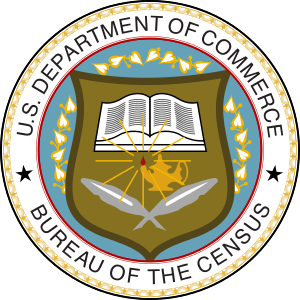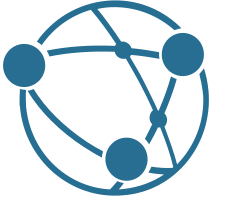International Data Bases

The main results are presented in a series of Excel files displaying key demographic indicators for each UN development group, World Bank income group, geographic region, Sustainable Development Goals (SDGs) region, subregion and country or area for selected periods or dates within 1950-2100. An online database (Data Portal) provides access to a subset of key indicators and interactive data visualization, including an open API for programmatic access. For advanced users who need to use these data in a database form or statistical software, we recommend to use the CSV format for bulk download. Special Aggregates also provide additional groupings of countries. For the first time, the estimates and projections are presented in one-year intervals of age and time instead of the five-year intervals used previously. The various datasets disaggregated by age are available in two forms: by standard 5-year age groups and single ages.

PRB analyzes and disseminates information about populations and their health and well-being so it can be used to inform decisions that improve lives around the world. PRB develop communications tools and strategies that drive policy, programming, and funding decisions. PRB is a trusted source, employing a variety of approaches to connect data users with data producers. PRB seeks to magnify our impact by training others to use information in support of decision-making to advance our vision and values for generations to come.

An electronic Data Base of demographic and economic data containing information on such areas as employment, crime rates, health, spending patterns and living conditions. Demographic surveys are published regularly.

Eurostat is the statistical office of the European Union. Eurostat produces European statistics in partnership with National Statistical Institutes and other national authorities in the EU Member States. This partnership is known as the European Statistical System (ESS). It also includes the statistical authorities of the European Economic Area (EEA) countries and Switzerland.

The Portal aims to serve as a unique access point to timely, comprehensive migration statistics and reliable information about migration data globally. The site is designed to help policy makers, national statistics officers, journalists and the general public interested in the field of migration to navigate the increasingly complex landscape of international migration data, currently scattered across different organisations and agencies.

The Gridded Population of the World (GPW) collection, now in its fourth version (GPWv4), models the distribution of human population (counts and densities) on a continuous global raster surface. Since the release of the first version of this global population surface in 1995, the essential inputs to GPW have been population census tables and corresponding geographic boundaries. The purpose of GPW is to provide a spatially disaggregated population layer that is compatible with data sets from social, economic, and Earth science disciplines, and remote sensing. It provides globally consistent and spatially explicit data for use in research, policy-making, and communications.





